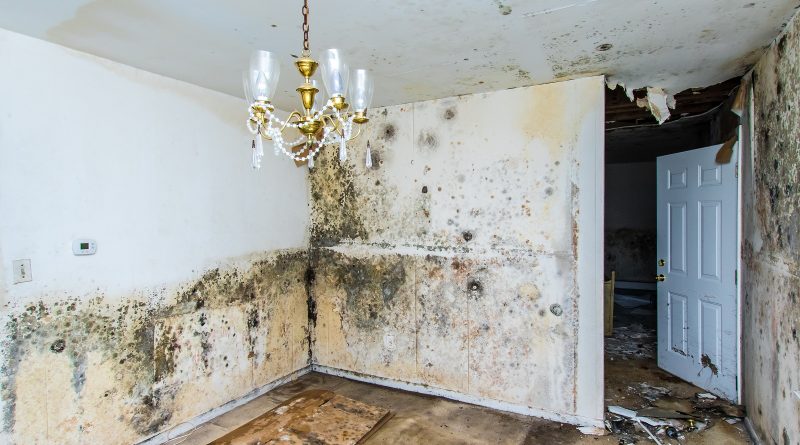Damp and Mould in a Rented Home – who is responsible, and what can be done?
Let’s set the scene. You finally find somewhere to rent, you get the keys, you move every last box in and start making it a home. But wait, what are those dark spots growing in the corner of the room? Mould? Damp? Surely not…
Damp and mould can be tricky to deal with when you’re renting. They can be caused by a few things. Any damp or mould caused by structural, design or disrepair problems will be up to the landlord to sort out. But you might be doing some things that could make the problem worse.
What’s causing mould or dampness?
Mould is a fungus that usually grows in areas where warm damp air condenses on cold surfaces. You might see mould around window frames or in corners of the bathroom. Damp is when an area of the property doesn’t seem to dry out, often because it’s cold. Damp is usually caused by structural issues, like bad insulation, a leaking roof or pipes.
This article is for England only and doesn’t NB cover “rising damp”.
Causes of mould & dampness could be several things or a combination — so who’s responsible?
Who is responsible for mould and dampness depends on what’s causing it.
Your landlord will be responsible if the problem is caused by:
- disrepair to the structure or exterior of the property, e.g. leaking roof,
- problems with installations like pipes, radiators, boiler sinks etc
- any disrepair in communal areas
- design faults — e.g. inadequate insulation, heating or ventilation
- construction faults — e.g. a faulty flat roof
- a building poorly adapted into flats/bedsits
- causing overcrowding in the property
You could be contributing to it or causing it if you’ve:
- not heated and/or ventilated the property properly
- piled items against an external wall
- caused damage to the property
- installed an appliance that’s leaking (e.g. washing machine)
- moved more people into the property than your agreement permits.
“I’m just living normally in the property but my landlord still says that I’m causing the problem.”

Can damp and mould affect my health?
Yes, if you have damp and mould in your home you’re more likely to have respiratory problems, respiratory infections, allergies or asthma. Damp and mould can also affect the immune system.
Who’s affected?
Some people are more sensitive than others, including:
- babies and children
- older people
- those with existing skin problems, such as atopic eczema
- those with respiratory problems, such as allergies and asthma
- those with a weakened immune system, such as those having chemotherapy
These people should stay away from damp and mould.
How does it affect your health?
Moulds produce allergens (substances that can cause an allergic reaction), irritants and, sometimes, toxic substances.
Inhaling or touching mould spores may cause an allergic reaction, such as sneezing, a runny nose, red eyes and skin rash. Moulds can also cause asthma attacks.

Find local home energy grants on the Simple Energy Advice website.

